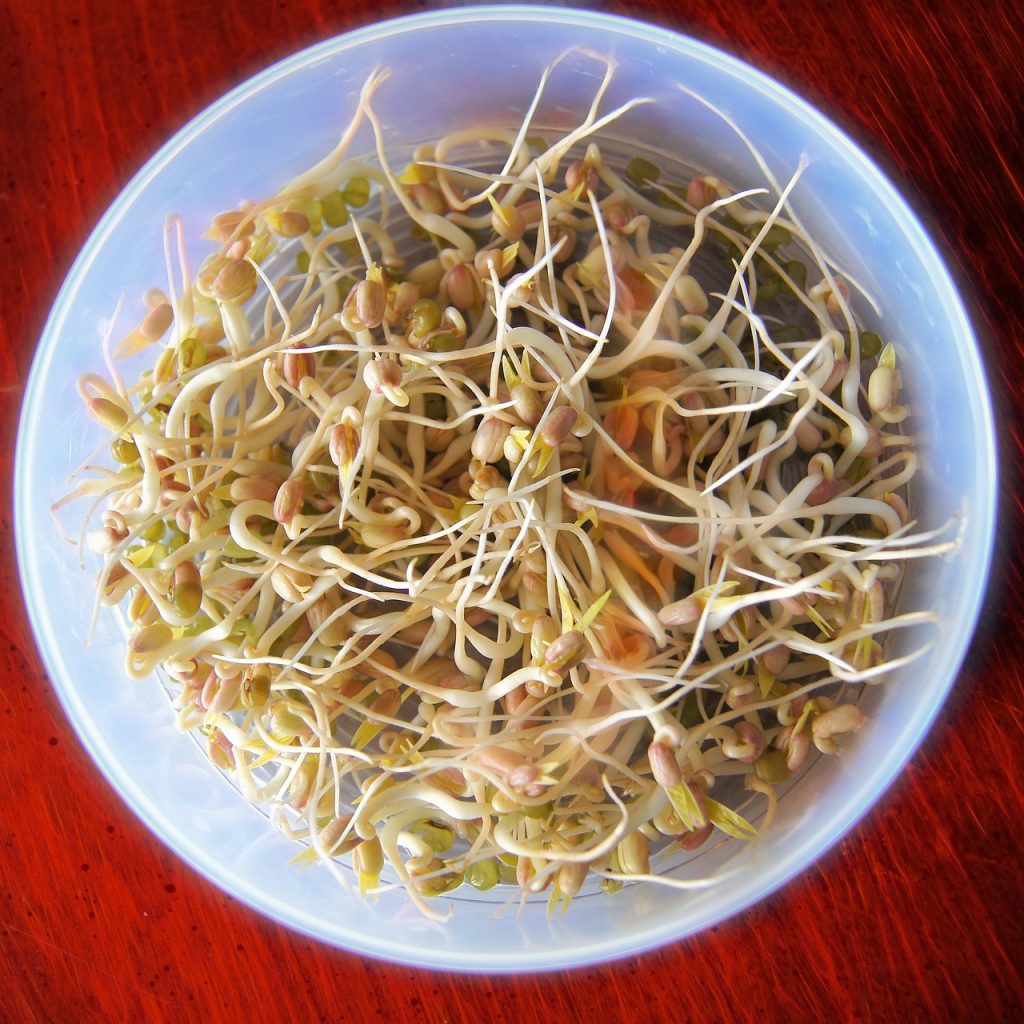All fields are required
Posted in Food Safety,Our Blog on September 4, 2024

Bean sprout risks are often overlooked.
Stir fried, in salads, or on sandwiches. This crunchy addition to a meal may pose more risk than you realize.
A recent U.S. Food and Drug Administration (FDA) Warning Letter issued to P&L Sprout Farm highlights the risks associated with the veggie.
An FDA Warning Letter is an official (and public) notification to a firm that requires action. Usually within 15 or 30 days.
These letters are usually issued after repeat or major violations following inspections.
In this case, it was due to repeat offenses for problems that can cause product to be adulterated and potentially harmful for consumers. P&L Sprout Farm received such a letter.
The FDA Warning Letter for P&L Sprout Farm was dated July 31, 2024 and was in response to inspections taking place between January 31, 2024 and March 12, 2024.
The primary reason for the FDA Warning Letter was cited as:
“Pest control, building maintenance, and employee handling practices were repeat observation from the previous inspection of your sprouting operation, conducted March 7, 2023 through March 31, 2023. These observations were discussed during a post-inspection regulatory meeting conducted by FDA on May 24, 2023.”
A variety of factors prompted this extreme use of the Agency’s powers. However, concerns that the mung bean and soybean sprout products continued to be prepared, packed, or held under unsanitary conditions, leaving them susceptible to contamination may render the product “injurious to health.”
Subsequent possible steps include Consumer Alerts and eventually Involuntary Recall and facility closure.
Among the most egregious violations, inspectors found gray sludge falling from the railing for the automatic sprinkler system. While the firm claims this was food-grade oil, they were unable to prove so. The inspector also indicated that the substance appeared dirty.
Rodent feces were also found in the packaging room where ready-to-eat mung bean sprouts are stored. According to the report, “this finding demonstrates that rodents have access to food contact surfaces and may have directly or indirectly contaminated the sprouts with feces. According to reports from the firm’s third-party pest control company, this rodent activity was observed on November 28, 2023, December 26, 2023, and January 23, 2023. The company recommended additional actions that were not implemented.
FDA inspectors also observed conditions that may result in sprouts coming in contact with contaminated surfaces and made various statements about where the facility was in disrepair.
This Warning Letter puts a potentially dangerous product from a repeatedly negligent manufacture on alert. But it also serves as a reminder of bean sprout risks to human health.
Since 1990, undercooked or raw bean sprouts have been associated with an estimated 2,308 illnesses in the United States. There have been 38 outbreaks linked to them.
One huge outbreak in 2011 occurred across the sea in Europe. A single outbreak sickened over 2,000 people, causing at least 22 deaths.
These illnesses and the potentially life-threatening complications that can arise from this easily contaminated food, places it on the FDA’s top 10 most risky foods.
Warm, humid environments are needed for bean sprout growth. This is the same perfect environment for foodborne bacteria to quickly grow.
Many times, the bacteria are introduced on the seeds themselves or the growing medium. When given the opportunity and lush conditions to grow, bacteria can quickly contaminate to infectious amounts. Within a matter of days, infectious quantities may be present on these sprouts.
Contaminated irrigation water, or water that becomes contaminated by the soil may contribute to bean sprout risks. Not only is the surface vulnerable to contamination, but contaminated water may be drawn into the plant itself. In this case, there is no way to wash away the potential contamination.
In most cooking applications for bean sprouts, there is no kill step in the process to reduce the number of bacteria before sprouts are eaten. In most cases, sprouts are consumed raw or very lightly cooked in a stir fry to maintain the crunchy texture.
Should you skip the sprouts? For some people, the answer to that is a clear yes.
Certain people are more susceptible to illness from consuming potentially contaminated spouts.
These include:
This applies to any type of sprouts. Including alfalfa, clover, radish, and mung bean sprouts.
If you decide to consume sprouts, be sure they are cooked thoroughly to kill harmful bacteria and reduce the risk of illness.
The FDA and other health agencies do not prohibit the sale of sprouts. For normally healthy individuals, the risk of becoming sick are reduced (but not completely eliminated). Understand that choosing to eat raw sprouts comes at a risk.
If you absolutely cannot give up sprouts in your stir fry, salad, or sandwich, a few precautions may help you reduce your risk of illness.
If you’d like to know more about food safety topics in the news, like “FDA Warning Letter Issued to P&L Sprout Farm Highlights Bean Sprout Risks,” check out the Make Food Safe Blog. We regularly update trending topics, foodborne infections in the news, recalls, and more! Stay tuned for quality information to help keep your family safe, while The Lange Law Firm, PLLC strives to Make Food Safe!
By: Heather Van Tassell (contributing writer, non-lawyer)